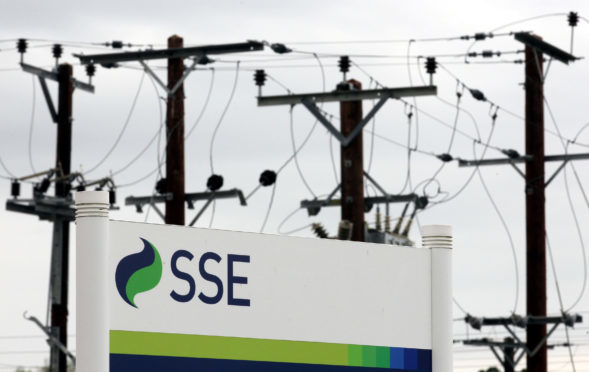Energy giant SSE has revealed it is seeking to more than double the proposed capacity of a multi-million scheme in the Great Glen before construction even begins.
SSE, whose heritage in hydro generation goes back to the 1940s, was granted planning approval in 2013 for a 600MW pumped storage scheme at Coire Glas, north-west of Loch Lochy.
However, to maximise the potential of this site, SSE has submitted an application to the Scottish Government for consent to construct the development at an increased capacity of 1500MW.
The firm said there would be little change to the current external elements of the project, with the majority of changes being in the underground space required to house the larger turbines.
Andy Gregory, SSE’s project manager, said: “Since the 1940’s SSE has been building hydro schemes to deliver renewable energy to the UK.
“Submitting the planning application for Coire Glas is the first step towards building a new hydro project for SSE and continuing our hydro heritage.
“Pumped storage can and does play a significant role in making the UK’s electricity system more efficient, reliable and secure for the future.
“Our Coire Glas project would more than double the total amount of current pumped storage capacity in the UK.”
The scheme involves using two bodies of water at different heights. During periods of low demand for power, electricity is used to pump water from the lower loch to the upper reservoir. The water is then released to create energy at a time when demand is high.
The benefits of pumped storage include helping to meet peak demand and extracting, storing and releasing energy to and from the electricity transmission system to balance supply and demand for power at a national scale.
Coire Glas would be the largest capacity hydro project to be built in Scotland.
The planning submission follows two public exhibitions, a number of presentation events and months of engagement with the local community and stakeholders.
Mr Gregory added: “The project team would like to thank the community for taking interest in the project and for the warm response they received when presenting the plans for the new scheme.”










